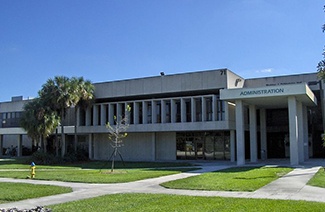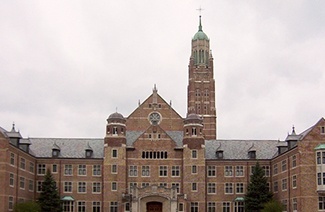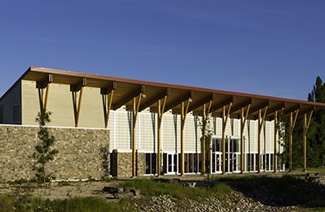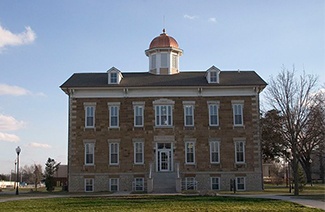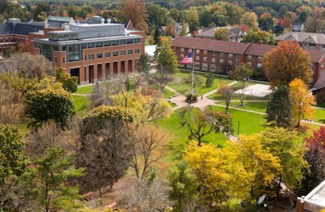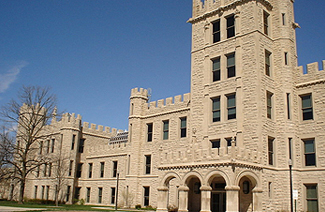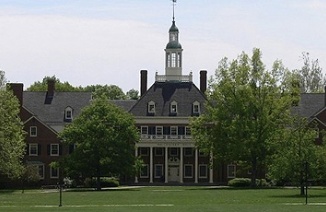第一套
Conversation 1
学生要在校内卖艺术品,商店不允许,然后给学生建议哪里去卖。有三种渠道:公开展出; online;专门卖这种的集市。
Lecture 1
艺术。介绍静物画,要讲究真实精确自然。不能让人感到刻意。然后画面的均衡,创作静物画的步骤。强调画之前一定要想好构图。
-TPO部分对应参考 (美术类TPO19-L4/TPO21-L4)
-参考背景
A still life (plural still lifes) is a work of art depicting mostly inanimate subject matter, typically commonplace objects which may be either natural (food, flowers, dead animals, plants, rocks, or shells) or man-made (drinking glasses, books, vases, jewelry, coins, pipes, and so on). With origins in the Middle Ages and Ancient Graeco-Roman art, still-life painting emerged as a distinct genre and professional specialization in Western painting by the late 16th century, and has remained significant since then. Still life gives the artist more freedom in the arrangement of elements within a composition than do paintings of other types of subjects such as landscape or portraiture. Early still-life paintings, particularly before 1700, often contained religious and allegorical symbolism relating to the objects depicted. Some modern still life breaks the two-dimensional barrier and employs three-dimensional mixed media, and uses found objects, photography, computer graphics, as well as video and sound.
Still life emerged from the painting of details in larger compositions with subjects, and historically has been often combined with figure subjects, especially in Flemish Baroque painting. The term includes the painting of dead animals, especially game. Live ones are considered animal art, although in practice they were often painted from dead models. The still-life category also shares commonalities with zoological and especially botanical illustration, where there has been considerable overlap among artists. Generally a still life includes a fully depicted background, and puts aesthetic rather than illustrative concerns as primary. Still life occupied the lowest rung of the hierarchy of genres, but still has been extremely popular with buyers. As well as the independent still-life subject, still-life painting encompasses other types of painting with prominent still-life elements, usually symbolic, and "images that rely on a multitude of still-life elements ostensibly to reproduce a 'slice of life'. The trompe-l'?il painting, which intends to deceive the viewer into thinking the scene is real, is a specialized type of still life, usually showing inanimate and relatively flat objects.
Lecture 2
环境科学。介绍ecosystem的interactions。开头的动物和树之间互惠互利。孵蛋要干净的冷水而树提供shade防止水土流失,对树也有帮助。熊冬眠的时候会抓吃完之后的骨头留在土里给树提供肥料。
-TPO部分对应参考 (环境科学类TPO10-L3/TPO13-L2)
-参考背景
An ecosystem is a community of living organisms (plants, animals and microbes) in conjunction with the nonliving components of their environment (things like air, water and mineral soil), interacting as a system. These biotic and abiotic components are regarded as linked together through nutrient cycles and energy flows. As ecosystems are defined by the network of interactions among organisms, and between organisms and their environment, they can be of any size but usually encompass specific, limited spaces (although some scientists say that the entire planet is an ecosystem).
Energy, water, nitrogen and soil minerals are other essential abiotic components of an ecosystem. The energy that flows through ecosystems is obtained primarily from the sun. It generally enters the system through photosynthesis, a process that also captures carbon from the atmosphere. By feeding on plants and on one another, animals play an important role in the movement of matter and energy through the system. They also influence the quantity of plant and microbial biomass present. By breaking down dead organic matter, decomposers release carbon back to the atmosphere and facilitate nutrient cycling by converting nutrients stored in dead biomass back to a form that can be readily used by plants and other microbes.
Ecosystems are controlled both by external and internal factors. External factors such as climate, the parent material which forms the soil and topography, control the overall structure of an ecosystem and the way things work within it, but are not themselves influenced by the ecosystem. Other external factors include time and potential biota. Ecosystems are dynamic entities—invariably, they are subject to periodic disturbances and are in the process of recovering from some past disturbance. Ecosystems in similar environments that are located in different parts of the world can have very different characteristics simply because they contain different species. The introduction of non-native species can cause substantial shifts in ecosystem function. Internal factors not only control ecosystem processes but are also controlled by them and are often subject to feedback loops. While the resource inputs are generally controlled by external processes like climate and parent material, the availability of these resources within the ecosystem is controlled by internal factors like decomposition, root competition or shading. Other internal factors include disturbance, succession and the types of species present. Although humans exist and operate within ecosystems, their cumulative effects are large enough to influence external factors like climate.
Biodiversity affects ecosystem function, as do the processes of disturbance and succession. Ecosystems provide a variety of goods and services upon which people depend; the principles of ecosystem management suggest that rather than managing individual species, natural resources should be managed at the level of the ecosystem itself. Classifying ecosystems into ecologically homogeneous units is an important step towards effective ecosystem management, but there is no single, agreed-upon way to do this.
......
相关推荐:
